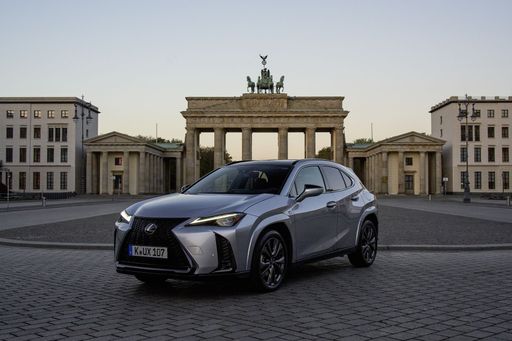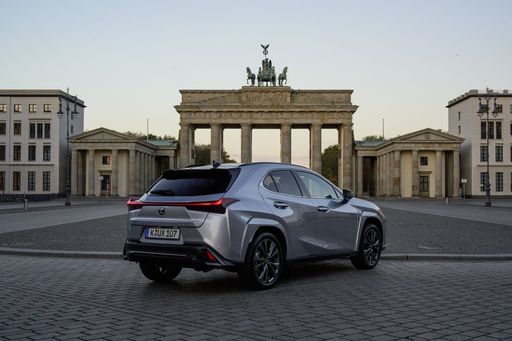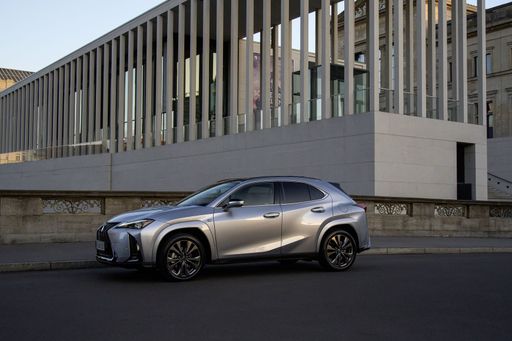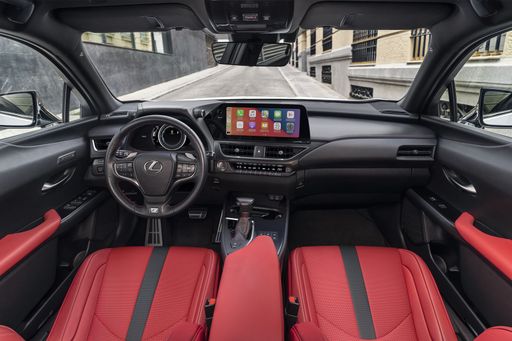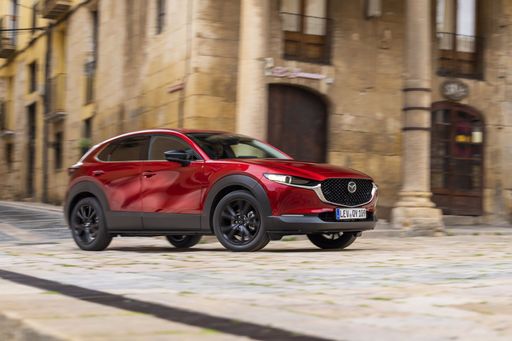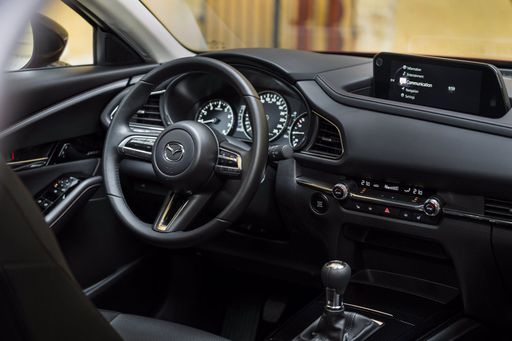Lexus UX vs. Mazda CX-30: A Sophisticated Showdown in the Compact SUV Arena
The compact SUV segment has grown increasingly competitive, offering a diverse range of options for city dwellers and adventurers alike. Among the top contenders in this category are the Lexus UX and the Mazda CX-30. These models offer unique blends of style, performance, and innovation, catering to varying tastes and preferences. In this article, we delve into the features that set these two vehicles apart and highlight their technical strengths.


